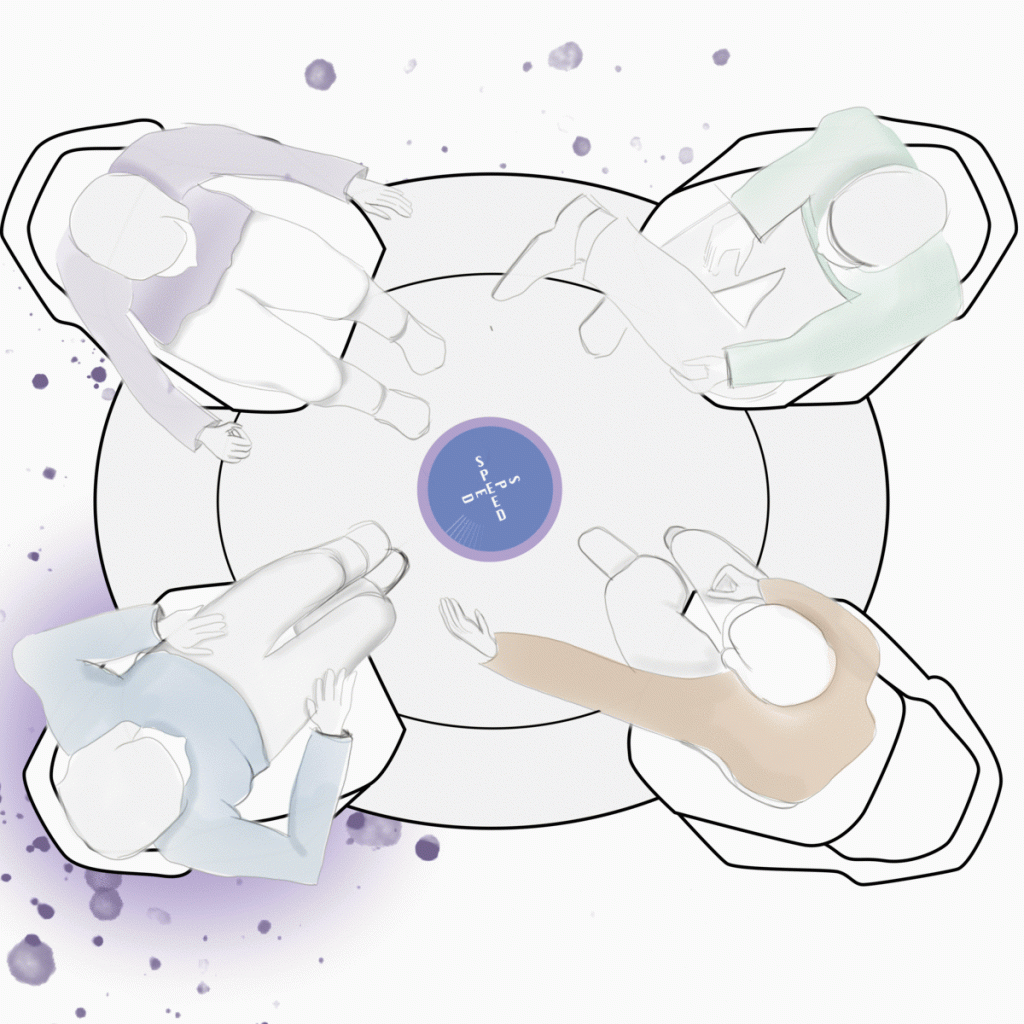Creating a smart object that raises awareness about data collection in the public space at Scheveningen
The municipality of The Hague has been developing a Living Lab at Scheveningen (LLS) in which smart technologies, used to create a smart city, can be tested. Data is collected through various sensors in the smart lamp posts called smart city hubs. Examples of data collected are the amount of people in an area, noise levels and air quality.
LLS asked us to create a smart object that raises awareness about data collection to make people aware of the smart infrastructure.
We approached this challenge in such a way that the user interacts with technology in a playful manner, while also being made aware that their movement is being monitored. Steps in the Sand makes use of a camera and a projector inside of the smart city hubs. The camera recognizes that a user is approaching and the projector then projects footsteps in front of the user. The user is invited to step inside the projected steps. When the user reaches the end of the steps, the user can play a game with other users, watch a video about the area or make his/her mark. This mark is then projected at all of the smart city hubs in the area.
| University | The Hague University of Applied Sciences Faculty of Technology, Innovation & Society |
| Project type | Semester project Smart objects (2nd year) |
| Students | Paul Dutcher Henry Ryhänen Paul Seidel Hidde Vos |
